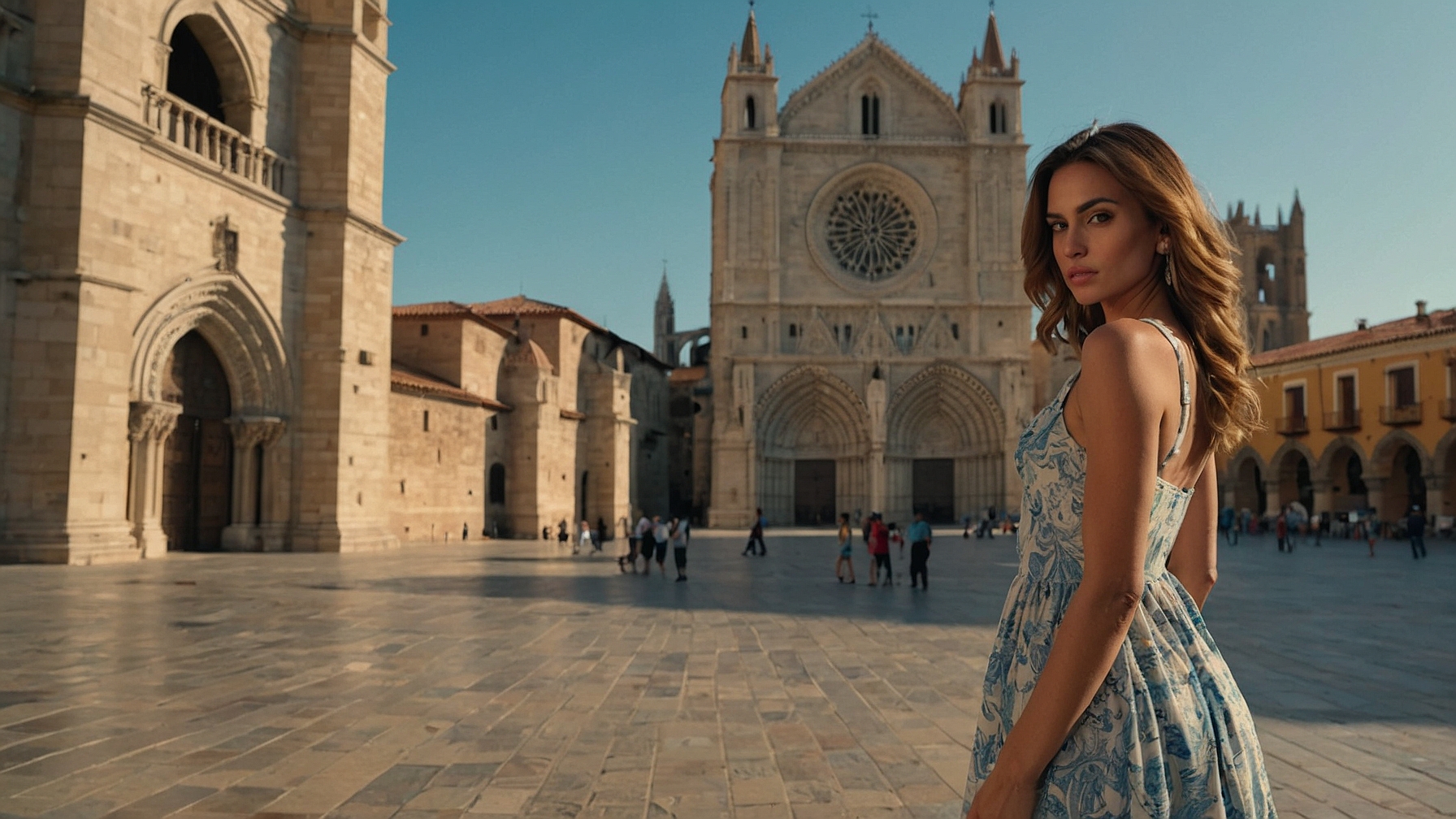
Our Spanish adventure began with a flight into Madrid, where we rented a car and, despite our jet lag, immediately set off northward like sleep-deprived conquistadors on a mission! The goal? Conquer that mysterious middle section of Northern Spain that had been taunting us on the map between our previous excursions to Galicia and Pays Basque.
Our rental car saga deserves its own chapter in “Tourist Traps 101.” The counter lady, armed with her most concerned face, convinced us our reserved electric car would “die a lonely death on some remote Spanish highway.” So naturally, we upgraded to an overpriced Alfa Romeo beauty. Spoiler alert: total scam! Spain apparently installed charging stations more frequently than they serve tapas. Lesson learned: always chug an espresso after landing so your brain can fend off rental counter hustlers with their “helpful suggestions” and sad imaginary scenarios of stranded tourists.
Want to avoid my northern Spain blunders? Skip to “The Real Deal: What I’d Do Differently” at the end, where I reveal which cities deserve your precious vacation days, which ones warrant just a coffee pit stop, and how to save yourself from a Madrid-to-nowhere driving marathon that had me questioning my life choices at kilometer 300.
Aranda de Duero: Underground Wine Caves & More
Our first stop from Madrid Airport was the small town of Aranda de Duero. While not exactly buzzing with excitement in March (unless you find sleepy plazas and closed tourist attractions thrilling), we did manage to enjoy a delicious meal. The town has several excellent restaurants that serve as perfect pit stops for weary travelers.
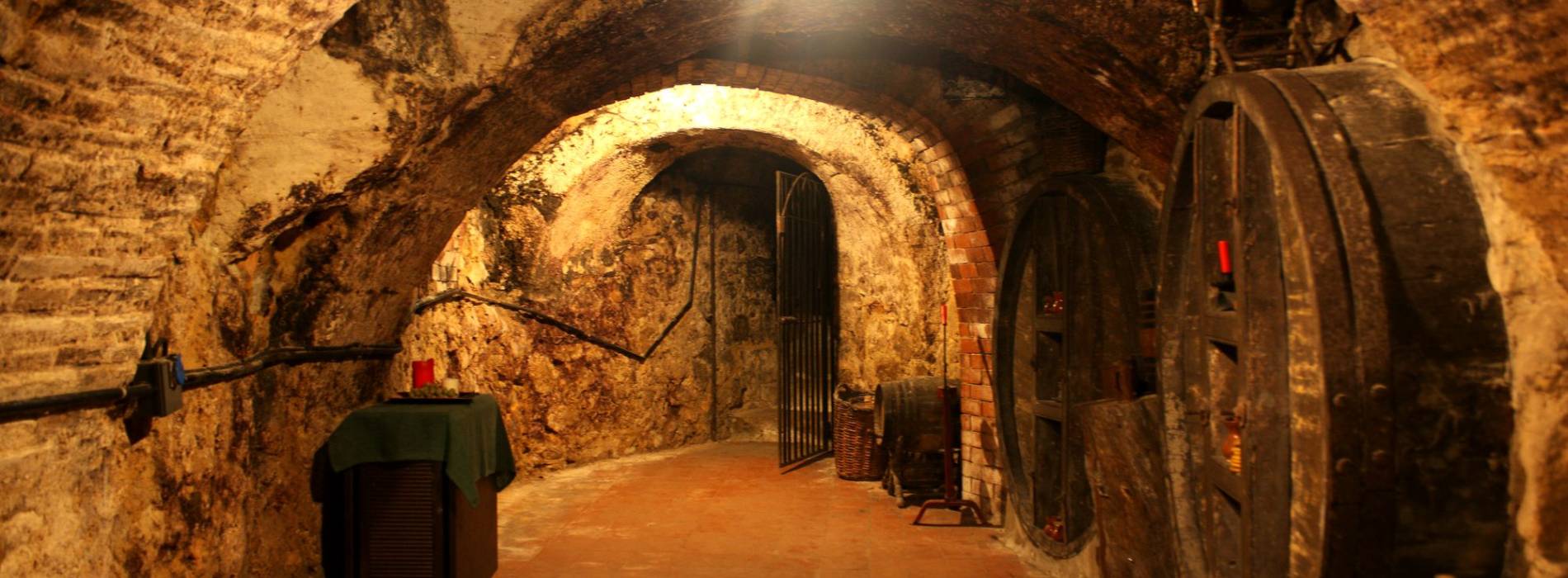
Aranda de Duero is famous for its underground wine caves (bodegas), which form a labyrinthine network beneath the city streets. Unfortunately, we were too exhausted to explore them properly. The thought of drinking wine after a long flight when we could barely keep our eyes open seemed like a recipe for disaster – or at the very least, an impromptu nap in a cave!
The Missed Opportunity: Lerma
We had originally planned to stop in Lerma between Aranda de Duero and Burgos, but having just arrived in the country that day, jetlag was hitting us hard. As our eyelids grew heavier with each kilometer, we reluctantly decided to bypass this historic gem. Lerma is renowned for its impressive Plaza Mayor and the majestic Ducal Palace, now a Parador hotel. The town also features several churches and convents commissioned by the Duke of Lerma in the early 17th century. The charming historic center and its Renaissance architecture would have been worth exploring, but sometimes travel requires making tough choices – in our case, the choice between sightseeing and basic consciousness.
Burgos: Cathedral City
We pushed forward to Burgos, a city so charming it could make even a grumpy passport control officer smile. The tourism gods recommend one or two days here, which is precisely the time it takes to fall in love with the place before it starts asking for half your stuff in the divorce.
The Cathedral is Burgos’ mic-drop moment—a UNESCO-blessed architectural flex that will have your neck filing for workplace injury compensation and your Instagram followers thinking you’ve developed an unhealthy obsession with ceiling photography. While your cervical vertebrae negotiate terms of surrender, the local restaurants serve up delicacies so good they should come with a warning label for your diet resolutions.

WARNING: We blundered into the tourist trap equivalent of replying-all to a company-wide email by booking accommodations in the “convenient” city center. Unless your idea of vacation fun involves performing the Spanish equivalent of “Driving Miss Crazy” while inventing profanities that would make a sailor blush into his sangria, stay at least 2-3 kilometers outside the center. Our parking odyssey was so legendarily futile that even the sardines on our dinner plates were exchanging “get a load of these amateurs” glances.
We ended up abandoning our car on a dirt hill the first day (we named it Mount Desperation), then played “automotive hide and seek” for the remaining days, each parking spot seemingly located in a different time zone from our Airbnb. Those “free parking” promises in our booking? About as honest as a politician’s tax returns or your friend who swears they’ll “just have one drink.” Learn from our vehicular trauma before your “relaxing Spanish getaway” turns into an unplanned audition for “The Amazing Race: Parking Edition.”
Don’t Miss in Burgos:
- Burgos Cathedral – A masterpiece of Spanish Gothic architecture and UNESCO World Heritage site
- Arco de Santa María – An impressive ornate gateway that once served as the main entrance to the city
- Paseo del Espolón – A beautiful tree-lined promenade along the Arlanzón River, perfect for a relaxing stroll
- Statue of El Cid – A magnificent monument to Burgos’ most famous son, the legendary medieval knight and military leader
- Castle of Burgos – Offering panoramic views of the city from its hilltop location
Day Trips from Burgos: Frias
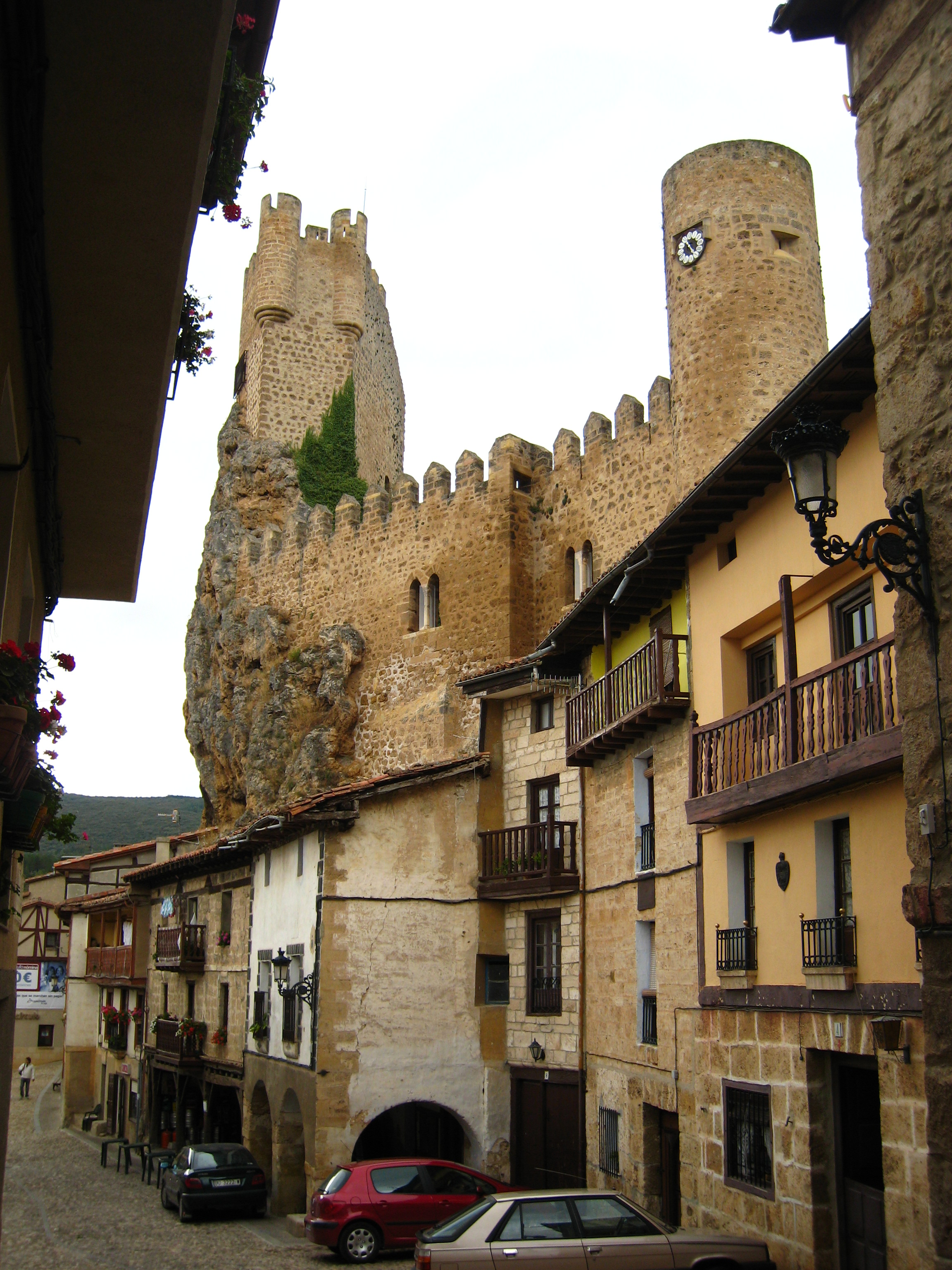
From Burgos, we took a day trip to Frías, a picturesque town with an impressive castle perched dramatically on a rocky outcrop. Walking around this medieval wonder made us feel like we’d stepped back in time – or onto a Game of Thrones set without the dragons and uncomfortable-looking throne.
Our late start meant we missed Orbaneja del Castillo, a town famous for its waterfall flowing right through the center. Based on my pre-trip research, the photos looked spectacular, and I’d recommend it to anyone with better time management skills than ours.
We did make a quick pit stop at Castillo de Cebolleros, a cool castle that provided some excellent photo opportunities and a chance to pretend we were medieval nobles (though noticeably less smelly).
Don’t Miss in Frías:
- Castle of Frías – A medieval fortress with spectacular views
- Hanging Houses – Built on the edge of a cliff, these unique structures seem to defy gravity
- Medieval Bridge – A beautiful 13th-century bridge spanning the Ebro River
La Rioja: Wine Country
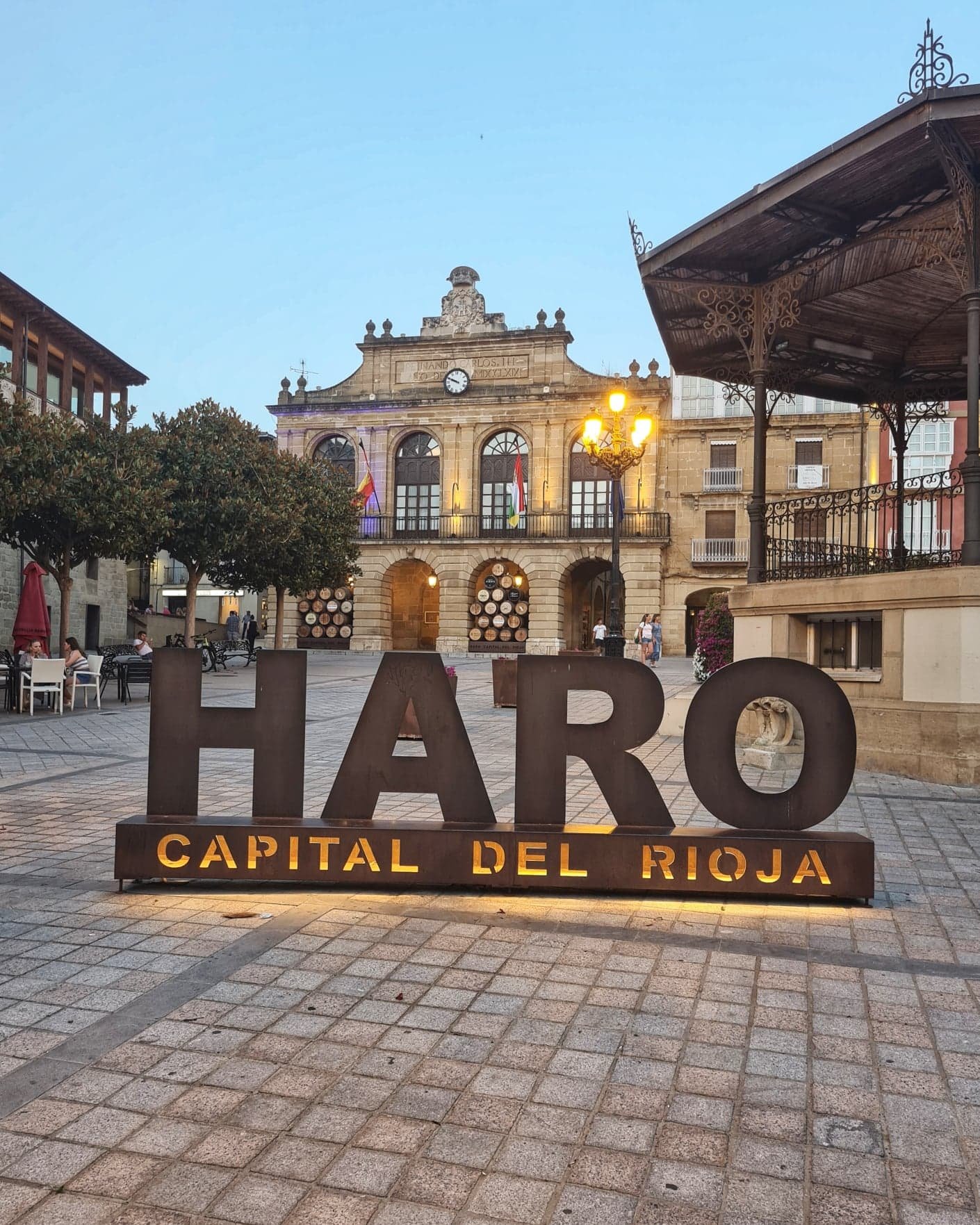
The next day was dedicated to wine country exploration in the La Rioja region. While we couldn’t visit all the towns on our list (a recurring theme of our ambitious itinerary), we did make it to Haro, a delightful spot for wine enthusiasts. The town is home to numerous bodegas, but as we were covering considerable ground and had restaurant reservations, we reluctantly passed on extensive day drinking. Sometimes being responsible travelers is hard work!
We also visited Briñas, a tiny place that, unless you’re particularly fond of very small Spanish towns with not much happening, could probably be skipped. Same goes for Briones, though it did offer a nice church and pleasant overlook.
Santo Domingo de la Calzada was more substantial and proved to be a worthwhile stop. We enjoyed an excellent meal and explored the historic town. If you’re interested in the Camino de Santiago pilgrimage route, you’ll find this stop particularly fascinating. We visited a historic hospital that once cared for Camino walkers, though thankfully, our only ailments were slight wine cravings and a persistent desire for more tapas.
We had hoped to reach another town in lower Rioja known for its outstanding restaurants, but it was too distant for our day trip. Research indicated Logroño, the provincial capital of La Rioja, would have been an excellent choice with numerous fantastic dining options. If I return to the area, that’s definitely on my list!
Don’t Miss in La Rioja Region:
- Haro’s Wine Bodegas – Especially López de Heredia and Muga for traditional wine experiences
- Santo Domingo Cathedral – Famous for its feathered residents, Santo Domingo Cathedral houses live chickens inside its hallowed walls (yes, REALLY)! These holy hens get the VIP treatment with daily rotation—prompting the eternal mystery: where do ecclesiastical chickens go after their sacred shift ends? To a convent coop? A heavenly henhouse?
- Logroño’s Calle Laurel – The famous tapas street with dozens of specialty bars.
Sahagun: Halfway to Santiago
What was meant to be a quick pit stop in Sahagun transformed into a delightful immersion into the soul of the Camino Francés, where our rental car stood out among the sea of weathered hiking boots and determined pilgrims marking their halfway achievement to Santiago de Compostela. The ancient town pulsed with energy as travelers from across the globe compared blisters like treasured souvenirs over steaming café con leche, while yellow arrows and scallop shell markers adorned every weathered corner of this medieval gem.
I’ll never forget the playful side-eye from a bearded Australian when I admitted we weren’t walking the route—his gentle disappointment nearly had me trading our car keys for hiking poles on the spot! Though the stunning Mudéjar churches and monastery ruins whispered centuries of history worth exploring, Sahagun’s true magic lies in the camaraderie of its pilgrim visitors, leaving me with the unexpected desire to return someday, properly equipped with boots, backpack, and a pilgrim’s passport to experience this charming halfway haven as it was truly meant to be discovered.
León: Where Light Creates Magic (and I Create Chaos)
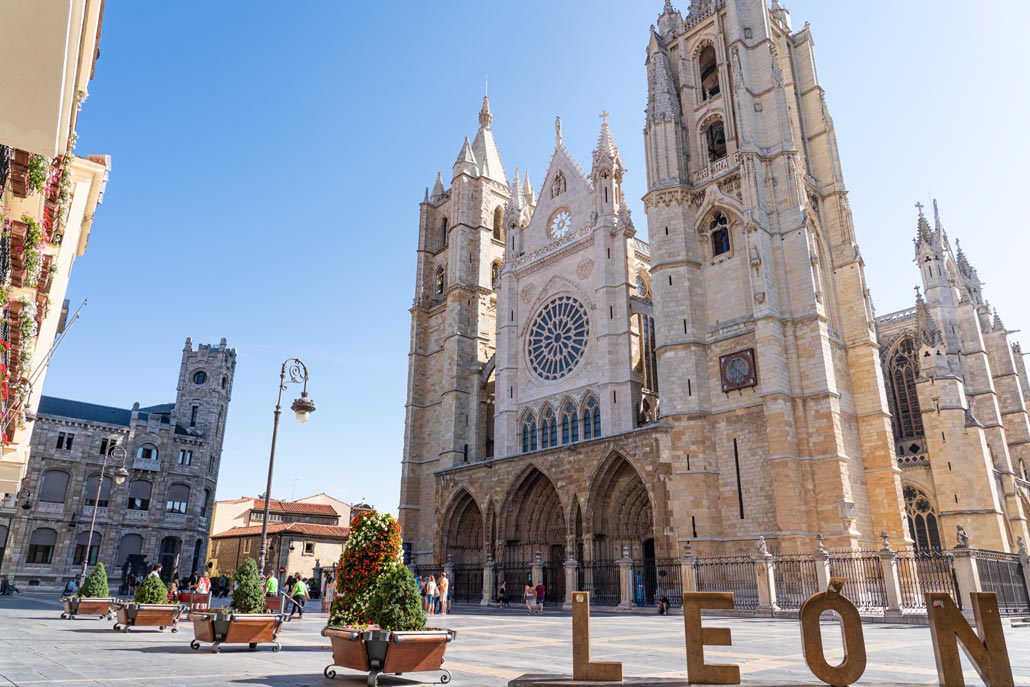
León packs a mighty punch for a mid-sized Spanish city! The majestic Gothic cathedral isn’t just the city’s crown jewel—it’s arguably Spain’s most impressive display of medieval stained glass. Known locally as “La Pulchra Leonina” (The Leonese Beauty), it houses nearly 1,800 square meters of kaleidoscopic windows that transform sunlight into a divine light show that would make even the most jaded Instagram influencer gasp.
I arrived just as afternoon sun streamed through the western rose window, casting rainbow patterns across the stone floor. The effect was so mesmerizing that I almost walked straight into a tour group, almost sending an elderly man’s audio guide flying into the holy water font. “So sorry,” I whispered, “I was distracted by God’s light show.”
Beyond the magnificent sites on my itinerary, I discovered the Barrio Húmedo where tapas flow as freely as the wine. Each drink comes with a free tapa – nature’s way of saying “maybe slow down a bit.”
For foodies, lechazo (roast suckling lamb) is the region’s mic-drop moment, though watching the waiter carve it with a plate instead of a knife had me simultaneously impressed and mentally updating my travel insurance. The Spanish equivalent of “safety third!” But that tender meat literally dissolving on contact with your tongue? Worth the potential workplace incident report.
The other menu stalker was Morcilla—Spanish blood sausage that sounds like a vampire’s meal prep but tastes like the food gods’ secret project. It was so mind-blowingly delicious I briefly considered changing my citizenship.
Don’t miss the Plaza Mayor at sunset, where locals gather for the evening paseo—that magical Spanish tradition where everyone dresses like they’re auditioning for a fashion magazine just to stroll around passive-aggressively judging each other’s outfits. I contributed to this cultural exchange wearing hiking boots and a shirt featuring an artistic collection of yesterday’s lunch stains. Cultural immersion level: expert.
Don’t Miss in León:
- León Cathedral – Step into a kaleidoscope of light where over 1,800 square meters of jewel-toned medieval stained glass transform this 13th-century Gothic masterpiece into “The House of Light.”
- Barrio Húmedo – Lose yourself in this lively “Wet Quarter” where centuries-old taverns serve generous complimentary tapas with every drink, creating Spain’s most delicious bar-hopping experience.
- Basilica de San Isidoro – Marvel at this 11th-century Romanesque jewel housing the “Sistine Chapel of Romanesque Art,” where vibrant 12th-century ceiling frescoes showcase medieval artistic brilliance.
- Casa Botines – Discover Gaudí’s surprising restraint in this castle-like neo-Gothic building, where revolutionary engineering hides beneath a conservative façade now open as a fascinating museum.
Carb-Loading in Oviedo: The Jesus & Pastry Tour
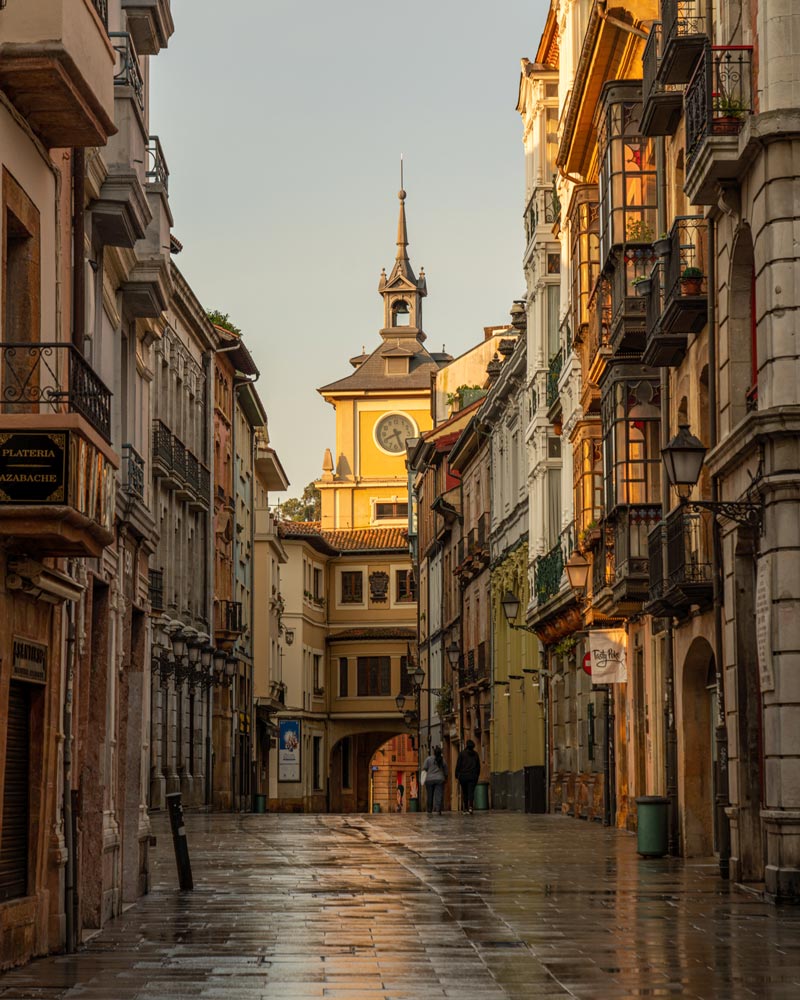
A Sugar-Fueled Religious Experience Our day in Oviedo began with what can only be described as a holy pilgrimage… to pastry shops! Before genuflecting at any cathedral, we worshipped at the altar of Camilo de Blas, Oviedo’s sugar deity. Armed with a cappuccino, a “carbayón” (the city’s signature almond-filled pastry named after their beloved oak tree), and an apple tart, we were properly fortified for our sacred journey through this charming Asturian capital.
Not content with just one sugar high, we made our devotional visit to Confitería Rialto for their famous “moscovitas” – chocolate Florentines that should be illegal in at least seven countries. The locals claim these sweets give you the energy to climb mountains, but honestly, they just made us want to find more pastries.
Downtown Oviedo offered a bizarre celebrity sighting tour – including sculptures by Colombian artist Botero (you know, the one who makes everyone look like they’ve been inflated with a bicycle pump), a random statue of Woody Allen (yes, THAT Woody Allen), and the Argentine cartoon character Mafalda lounging in the park. The awkward proximity of Woody to the little girl statue had us raising eyebrows and walking a bit faster.
Lunch at San Fermín continued our gluttonous adventure with Iberian ham croquetas, tuna, and a traditional Asturian fabada – a bean stew with morcilla (blood sausage) and chorizo that will simultaneously clog your arteries and cleanse your soul. More cheesecake followed because apparently, we hadn’t tempted diabetes enough that day.
Finally, we remembered Oviedo has actual historical significance and visited its magnificent Cathedral, home to some seriously A-list religious relics. The Holy Ark supposedly journeyed from Jerusalem to Spain (no pressure, modern luggage handlers) and contains the sudarium – believed to be the cloth that covered Jesus’s face after crucifixion.
The Cathedral marks the starting point of the original Camino Primitivo to Santiago de Compostela. King Alfonso, the OG pilgrim himself, carried St. James’ remains along this route, probably wishing he had packed a few carbayones for the journey.
Oviedo captures that perfect Spanish blend of mind-blowing history, religious fervor, artistic oddities, and enough sugar to put a hummingbird into a coma. Just come hungry and bring stretchy pants!
Don’t Miss in Oviedo:
- • Cathedral of San Salvador – Home to the Holy Chamber (Cámara Santa) containing the Sudarium of Oviedo and other priceless relics that have attracted pilgrims for centuries – the spiritual starting point of the original Camino Primitivo.
- • San Francisco Park – A verdant oasis in the heart of the city featuring centuries-old trees, peaceful walking paths, and quirky sculptures including the famous Mafalda statue – perfect for walking off all those pastries.
- • Plaza de la Escandalera – Oviedo’s vibrant central square where locals gather, dominated by a grand statue of King Alfonso II and surrounded by beautiful architecture – the perfect spot to people-watch while sipping a coffee or local cider.
Gijon: The Beach Town I Never Actually Saw
Let me tell you about my incredible journey to Gijon, which—full disclosure—never actually happened because I’m apparently made of sugar and might melt in the cold. While my Spanish itinerary included this northern coastal gem, the weather forecast showcased temperatures that would make penguins reach for scarves, so I regretfully stuck to warmer locales. However, based on extensive research (and the passionate ramblings of that enthusiastic traveler at my coffee shop), here’s what I absolutely would have done had I possessed more thermal underwear.
I definitely would have visited Playa de San Lorenzo with its elegant curved shoreline, pretending to be windswept and philosophical while secretly plotting my escape to the nearest heated café. The Elogio del Horizonte sculpture would have been next—Gijon’s ambitious concrete UFO landing pad where the amplified sound of waves creates an immersive experience (or perhaps it’s just tourists collectively realizing they forgot their gloves). The historic Cimadevilla quarter would have followed, with its colorful buildings and Roman baths providing justification for excessive food consumption. Finally, Laboral Ciudad de la Cultura would have impressed me with architecture so grand I might almost forget I couldn’t feel my extremities—almost. So there you have it—my ghost tour of Gijon, the beach town too seasonally challenged for my delicate constitution. Perhaps one day I’ll return during those three days of Spanish summer, armed with sunscreen instead of excuses.
Winnebagos, Bladder Control, and Mountain Goats: How Not to Die in Northern Spain

The next day’s adventure from Oviedo to Cangas de Onís (affectionately dubbed the “gateway to possible death by mountain roads”) began with what Europeans consider a simple morning task: extracting our Winnebago sized car from a parking space designed for vehicles the size of a toaster. Nothing says “buenos días” like playing an impromptu game of parking lot Tetris while locals watch with that special mixture of pity and amusement reserved for tourists.
After our vehicular prison break, we hit the road toward Picos de Europa National Park. We stopped in the town of Cangas de Onis for coffee and traditional hazelnut cake, which was divine enough to make me momentarily forget my impending mountain road doom. The Roman Bridge was genuinely spectacular – ancient, walkable, and featuring a historic cross that somehow survived centuries without some tourist trying to take a selfie with it and accidentally knocking it into the river.
With our energy restored and spirits high, our caffeine-fueled pit stop in Cangas took an unexpected turn when nature called and led us straight to a cultural standoff with a traditional squat toilet. If you’ve been sheltered in five-star accommodations your entire traveling life, picture this: a porcelain crater embedded in the floor, demanding physical capabilities most Westerners haven’t developed since toddlerhood. Nothing tests your travel adaptability quite like staring down at this medieval plumbing arrangement while your bladder performs an interpretive dance of desperation. After several minutes of confused hovering and mutual moral support (“You go first!” “No, YOU go first!”), we collectively decided that dehydration was the safer option and backed away slowly. Cultural immersion has its limits, and apparently, ours begins at knee level.
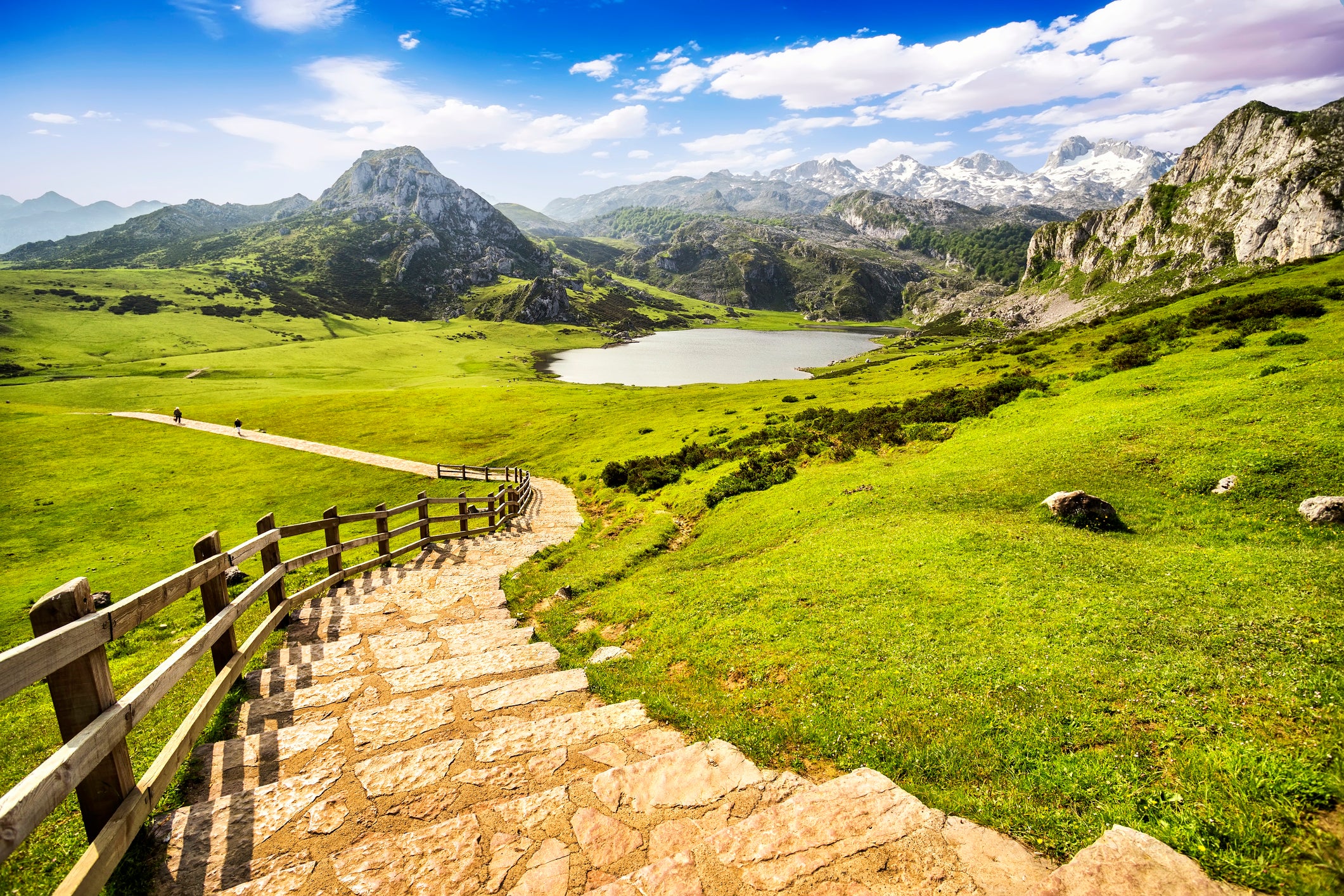
At Mirador De La Reina, we absorbed breathtaking views of the valleys and mountains. Of the twin lakes, we only made it to Lago Enol because apparently, we hadn’t tempted fate enough for one day.
The route to the lakes was essentially “Mr. Toad’s Wild Ride” meets “Grand Theft Auto: Spanish Mountain Edition.” As for safety barriers? Spain opted for what appeared to be painted popsicle sticks jammed into the ground. I’m assuming the yellow color is so they can find your car more easily after it tumbles down the mountainside.
The Basilica de Santa Maria la Real de Covadonga stood majestically in pink limestone, though after that death-defying drive, I was tempted to light every candle in the place as thanks for our survival. We visited the caves housing the Virgin of Covadonga, where I silently promised several religious commitments in exchange for safe passage back to Oviedo.
The brief hike on Ruta del Cares was “a bit steep” in the same way that the Titanic had “a bit of a leak.” And by “brief,” I mean a casual 12 km trek that had my calves filing for divorce from the rest of my body. After hiking back to our car, we were suddenly forced to stop for a group of mountain goats who had clearly never learned the concept of “right of way.” The stubborn creatures sprawled across the asphalt with the unwavering determination of peaceful protesters, completely unfazed by my rented Alfa Romeo’s impatient presence. We could only sit back and admire their bold confidence while waiting for them to eventually grant us passage. Suddenly those adorable furry road obstacles started looking less like wildlife and more like menu items. Don’t worry, PETA – hunger-induced fantasies only!
We had planned to visit the funicular in Bulnes, but decided that one near-death experience per day was sufficient. Murphy’s Law of Spanish mountain travel dictates that whatever can go wrong, will go wrong – preferably on the narrowest section of road with the steepest drop-off and an approaching bus full of unbothered locals.
Somehow we made it back to tell the tale, exhausted but filled with stories and unforgettable views. Tomorrow we head back to Madrid.
Valladolid: Spain’s Surprise Package
Forget Barcelona’s pickpockets and Madrid’s prices—I stumbled into Valladolid expecting nothing but somehow found Spain’s best-kept secret. Plaza Mayor delivered prime people-watching without the usual tourist circus; just locals dramatically gesturing over coffee while I attempted to look sophisticated despite wearing churros sugar like face powder. The National Sculpture Museum followed, where I developed an unexpected appreciation for wooden religious figures with expressions that perfectly matched my face when discovering my hotel room had a view of… another hotel room.
By afternoon, I was wandering Valladolid Cathedral, an architectural masterpiece that’s technically “unfinished,” much like my Spanish language skills and dignity after attempting to order in the local tongue. The highlight came at Cervantes’ House, where the Don Quixote author once lived—though unlike his delusional knight, my quest for authentic Spain actually succeeded. Valladolid radiates an unpretentious charm that seeps into your bones faster than the winter chill, making a one-day visit just enough to see the highlights while leaving you oddly nostalgic for a place you barely knew.
Navigating Valladolid’s medieval streets by car should qualify you for Formula 1 tryouts—narrow one-way labyrinths where GPS surrenders and simply announces “good luck.” After abandoning my rental in what might have been a parking spot (or possibly someone’s living room), I skipped the supposedly fantastic tapas and wine tours everyone raves about. Instead, I splurged on a Michelin-starred restaurant where the portions were so artistic and tiny that I found myself eyeing the decorative bread basket with increasing desperation. The waiter described each dish with such reverence I felt I should applaud rather than eat it—though I did both, while silently calculating how many churros I could buy with the same money on my way back to the hotel.
Maps, Mountains, and My Questionable Navigation Skills
I often wonder how I managed to get from one Spanish city to the next without ending up in Portugal—or worse, France. For those of you more navigationally blessed than myself, there are indeed trains available from Madrid to most major cities, including a surprisingly comfortable one to Oviedo. Though be warned: Spanish train stations have a curious way of hiding exactly when you’re running late.
The driving wasn’t too bad, if you enjoy what I call “adventure steering.” The route to Oviedo features enough switchbacks to make your stomach reconsider that second helping of fabada, plus tunnels through mountains so massive they’d make a mole reconsider its life choices. Nothing says “vacation” quite like white-knuckling your rental car through a pitch-black mountain passage while your GPS cheerfully announces it has “lost signal.”
I’ve attached a map that hopefully puts these cities into perspective, though perspective is something I frequently lost while navigating roundabouts. I usually create a Google Map for each city, which I’m happy to share—though I should warn you they come with bonus features like “Random Bad Coffee Shop I Regretted Visiting” and mysterious dropped pins titled simply “CAR????” marking places where I may have parked. Or not. Sometimes it’s just where I thought I parked before spending 45 minutes wandering increasingly panicked through identical-looking streets.
The real Spanish driving experience isn’t measured in kilometers but in how many times you yell “¡Dios mío!” while entering a medieval city center street that gradually narrows to the width of a dinner plate.
The Real Deal: What I’d Do Differently
Let me save you some kilometers of Spanish highway and cut to the chase.
Those charming small towns? Worth a coffee stop, a church peek, and a brief cobblestone stroll—but don’t bother unpacking your suitcase. Instead, make León or Burgos your base camp and explore outward. These cities have enough life to keep you entertained after day-tripping.
Skip the Madrid-to-North driving marathon unless your budget is tighter than your post-paella pants. The smart money flies or trains directly to León or Burgos and rents wheels there.
Oviedo deserves its spotlight for being Spain’s delightful identity crisis—mountains and coastline all in one refreshing package, completely different from the rest of the country. And if beach life calls your name, Gijón answers with coastal charm and sandy stretches.
For those seeking adventures closer to Madrid’s orbit, the quartet of Salamanca, Segovia, Ávila, and Valladolid creates a perfect driving loop that won’t have you questioning your life choices at the wheel.
Remember: when planning a Spanish road trip, always think in loops—like a good churro, it should bring you right back where you started, just with more sugar in your system.

Leave a Reply